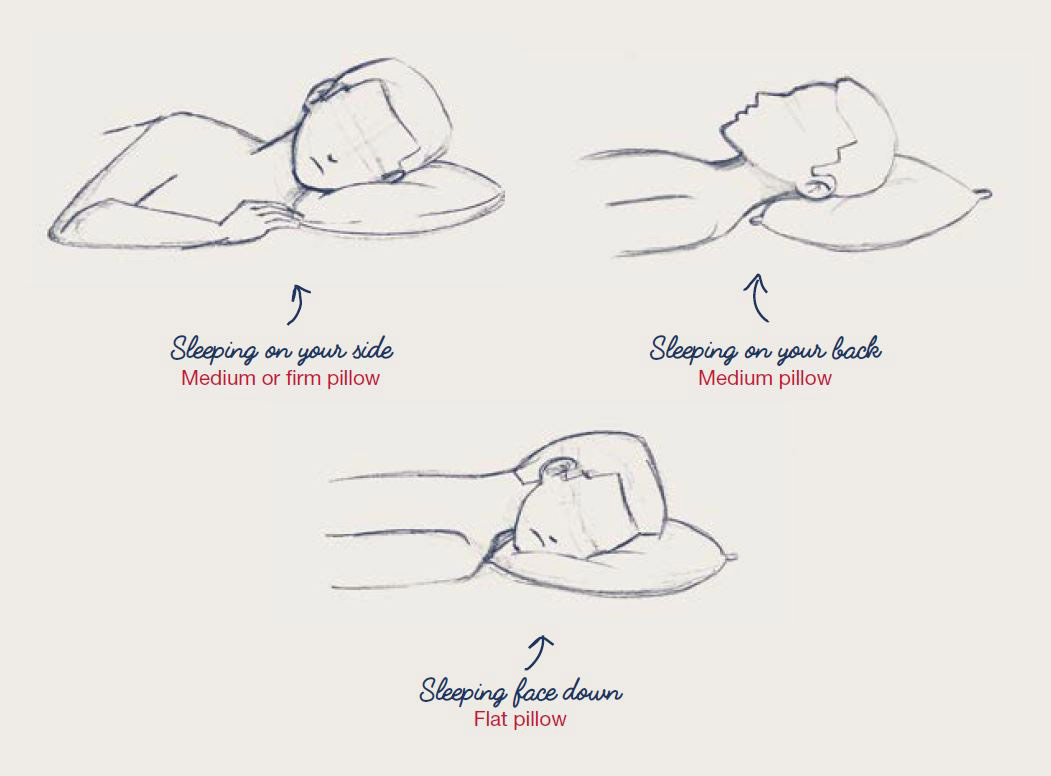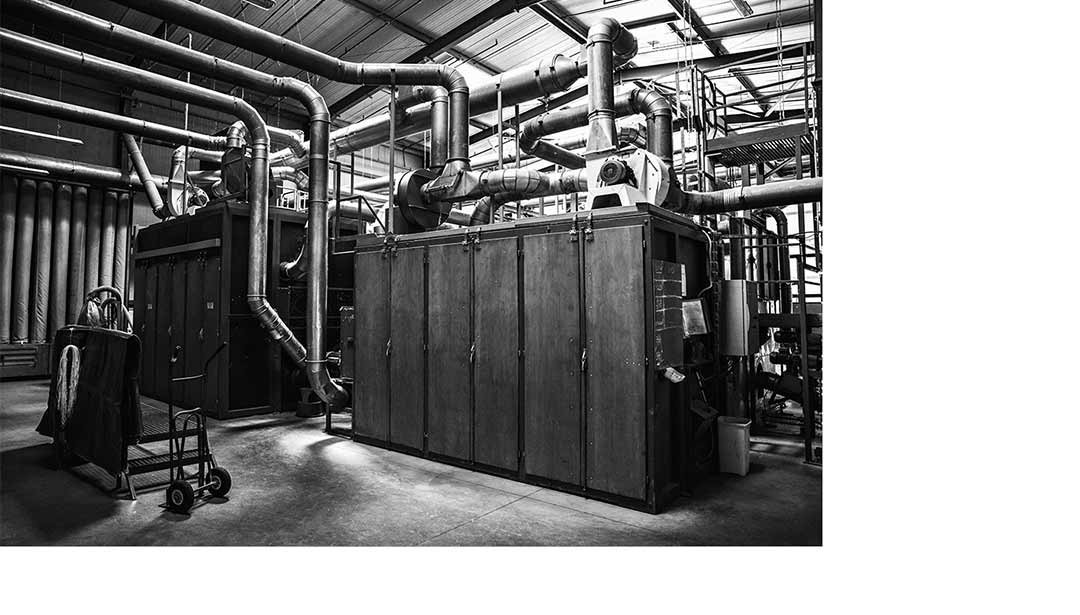CHOOSIN A BEDDING ARTICLE
CHOOSING A DUVET
WHICH DUVET FOR WHICH BED?
The choice of the duvet size depends on your type of bedding and furniture. The 'drop' of your duvet should be enough to avoid any entry of cold air. It depends on your body size and your tendency to move around while you sleep.

WHICH DUVET FOR WHICH ROOM TEMPERATURE?

CHOOSING A PILLOW
The selection of the firmness of a pillow remains a very personal choice, but sleep patterns can already help determine the right pillow. The right pillow will be one that will allow for the best alignment of the spine, neck and head.
SUPPORT
The natural fillings of PYRENEX pillows are composed of a mixture of curved downy fine feathers and down flakes. Depending on the model, PYRENEX offers these in various proportions and densities, so you can find the product which is best suited to your chosen comfort level.
AS FOR PROPORTIONS:
Down is light and fluffy, the fine feathers provide support and firmness • Firm comfort: 100% fine feathers or 90% fine feathers 10% down • Supple comfort: from 20% to 50% down • Soft comfort: from 50% to 70% down • Ultra soft comfort: over 90% down After selecting the right proportions, you must also choose the right density to be sure that your pillow meets your expectations.
AS FOR THE DENSITY
The more dense a pillow, the firmer it will be. If you tend to sleep on your back or side, you will need good support and so a model with loft and therefore rather filled. On the other hand, if you sleep on your stomach, the best support will be provided by a flatter model and therefore with a lower weight. Whatever the type of comfort sought, the filling of the pillow or duvet should naturally take the shape of the head in order to provide the best possible support.

SQUARE OR RECTANGULAR SHAPE
The square shape is the standard form. However, it is actually better to favour the rectangular form. It takes up less space than a square pillow, while being wider. Even if you move around during the night, your head will always stay on the pillow. In addition, it is customary to fold square pillows, which removes the possibility of providing cervical support.
CHOOSING THE OUTER LAYER
THREAD COUNT
The density of the weave should be quite high so that the down is unable to escape. This density is calculated according to the number of threads/cm². The minimum amount for an outer layer which needs to contain down is 78 threads/cm². The greater the amount of thread/cm², the more the material will be fine, light and soft to the touch.
FINISH

BOURDON: Decorative stitch intended to give an embroidered relief.

DOUBLE STITCH: Decorative stitch along an edge that makes two threads run parallel.

PIPING: In satin or cotton, with or without a set of fibres (cotton thread inside the piping that forms small beading), it emphasises the impressions or cuts of the pillowcases and decoration.

FLAT FELLED SEAM: Open seam whose two seam allowances are folded on the inside.

CASSETTE: A fabric strip that connects the upper part of the duvet with the lower part, and visually creates volume.

INNER SPACER: Fabric strip that connects one square to another, serving as a partition inside the duvet and allowing for better homogeneity of the down within.
WEAVE
There are different compositions for the outer layers of duvets or pillows. To avoid perspiration and the sensation of heat, it is better to opt for outer layers made of pure cotton.
TOILE : Toile is a plain weave in which the odd and even threads alternate with each stroke, above and below the weft. It's the simplest and oldest of weaves, and the strongest. The resulting fabrics have neither a top side nor an underside.
TWILL : Twill is a weave characterised by angular ribbing on the area produced by moving the binding of the thread value to each stroke of the weft. The weft thread passes under one, then over three other warp threads by shifting one thread at each pass.
SATIN : Satin is a weave whose bindings (points crossing between the warp and weft) are distributed so as to conceal themselves in order to present a smooth and often shiny surface on the top side and matt on the underside.
JACQUARD : Jacquard is a weave in which warp threads are manoeuvred individually, thus creating patterns which are practically limitless in terms of size, colour variety and complexity.



